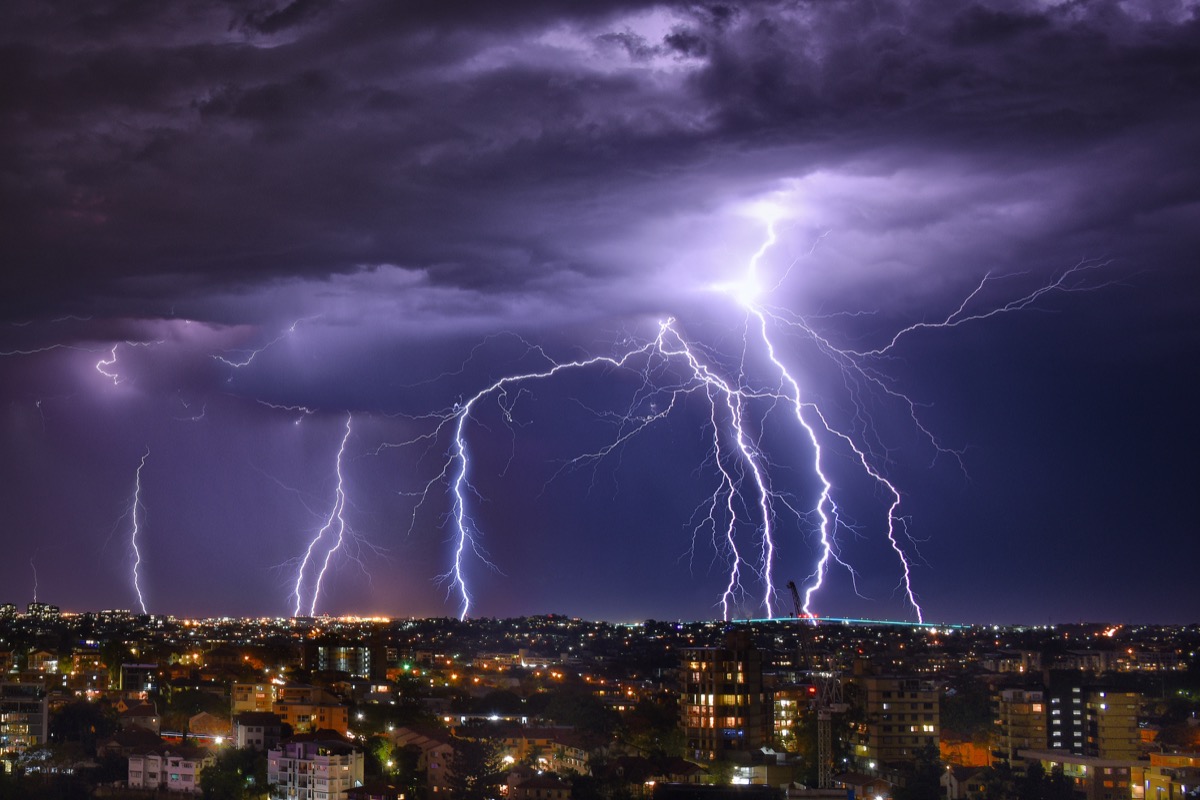For the study, which was published in JAMA Internal Medicine on Aug. 10, researchers compared emergency room records due to acute respiratory distress with county-wide atmospheric and lightning data between Jan. 1999 and Dec. 2012. They discovered that there was a spike in hospitalizations—52,000 more, to be exact—from seniors with asthma and chronic obstructive pulmonary disease (COPD) in the three or more days before a major storm.ae0fcc31ae342fd3a1346ebb1f342fcb “We found ER visits rose in the days leading up to the thunderstorm when temperature is rising and the amount of particulate matter in the air begins to rise,” study author Anupam Jena, MD, PhD, an associate professor of health care policy at Harvard Medical School, told CNN. This could be because particulate matter—which are smaller than dust, dirt, and smoke particles—are dispersed faster and farther when temperatures rise and wind speed picks up before a storm. These microscopic particles can be lodged deep into the lungs, making it extremely difficult to breathe, especially among those with asthma. “Prior studies suggest that rapid temperature increases can precipitate respiratory problems, and we observed changes in temperature in the days prior to thunderstorms,” Jena explained. RELATED: For more up-to-date information, sign up for our daily newsletter. Heat and humidity are also known to increase mold growth and seasonal pollen, both of which are common asthma triggers. In fact, the phenomenon known as “thunderstorm asthma” dates back four decades, when asthma attacks were linked to violent thunderstorms in England and Australia. “If you know a thunderstorm is coming, be mindful just as you would when pollen counts are high, and take a little extra care,” Jena said. And for more atmospheric changes that could affect your health, This Rare Weather Event Is About to Make Coronavirus Even Worse.
